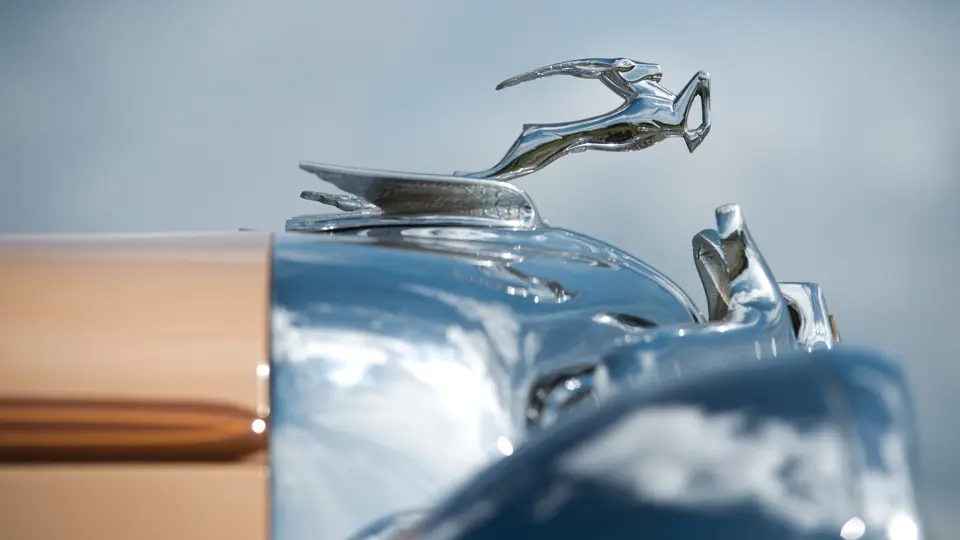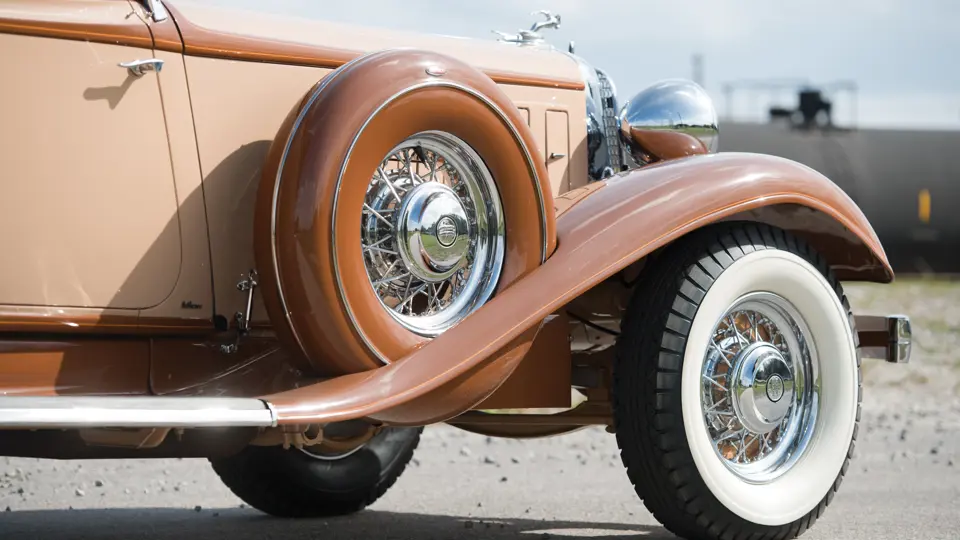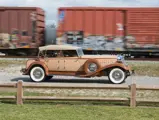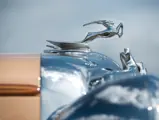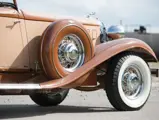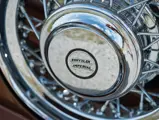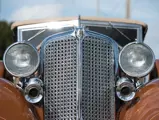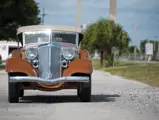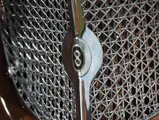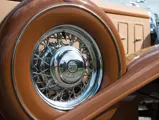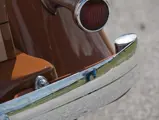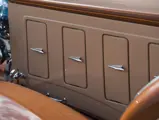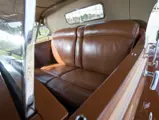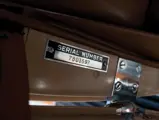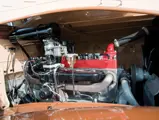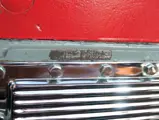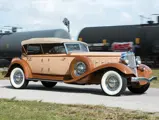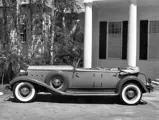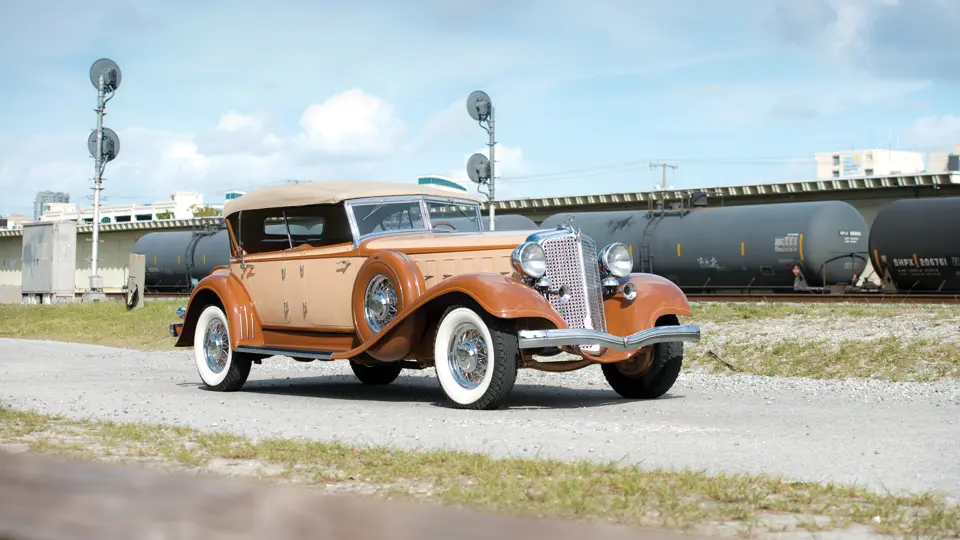
1933 Chrysler CL Imperial Dual-Windshield Phaeton by LeBaron
{{lr.item.text}}
$357,500 USD | Sold
{{bidding.lot.reserveStatusFormatted}}
- One of the finest and most respected of the 17 known examples
- Formerly of the Melton, Rockefeller, and Harrah collections
- Originally restored by the Chrysler Corporation and Briggs in 1946
- More recent cosmetic and mechanical restoration
- Featured in numerous publications
135 bhp, 385 cu. in. L-head inline eight-cylinder engine with nine main bearings, three-speed manual transmission with a vacuum-assisted clutch, leaf-spring and beam axle front suspension, leaf-spring and live axle rear suspension, and vacuum-assisted four-wheel hydraulic drum brakes. Wheelbase: 146 in.
Changes for the 1933 Chrysler Imperial marked yet another leap forward in design, as it included a more imposing frontal view, with its sharply pointed grille blending into the remarkably long hood line, which was achieved by overlapping the cowl and extending it to the raked split windshield. In many ways, the 1933 models represent Chrysler’s ultimate aesthetic statement of the Classic Era.
Few of these styles are as stunning as the dual-windshield phaeton, which was designed by Ralph Roberts and built by LeBaron Carrossiers. Fifty of these bodies were ordered by Chrysler in 1932. Fourteen were initially shipped, although a few are believed to have been returned to the factory for an update with 1933 sheet metal and trim. Other than these updates, 36 of the 50 cars were originally built as 1933 models, and today, it is estimated that just 17 remain, including a handful of restored examples. In fact, LeBaron’s own Ralph Roberts was so enamored with the design of the 1933 dual-windshield phaeton variant that he ordered one for use as his personal car.
“THIS MAGNIFICENT STEED”
The car offered here, serial number 7803597, has a known history that begins on the front lawn of a fraternity house in Bloomington, Illinois, in 1946. While passing through town during one of his frequent nationwide tours, radio tenor and early car collector James Melton spotted the Imperial and fell in love with it immediately. Melton was ordinarily a collector of Brass Era automobiles that predated the Chrysler by two decades or more, but he felt that the Imperial would be just the right car for driving while at his Palm Beach house. He had soon negotiated to buy it from the fraternity brothers.
With the Imperial being only 13 years old, Melton had some trouble having it “restored.” He first entrusted a local body shop with the task but was not satisfied with the results, aside from the application of a beautiful cream and cocoa paint scheme, so he simply called up his friends in engineering at Chrysler Corporation and Briggs (the parent company of LeBaron), and they told him to send it back to the factory. It was returned three months later, completely restored by the men who had built it originally, with Spike Briggs even having correct, all-new hardware made for it from the original drawings. After discovering that the correct overdrive transmission was installed, Chrysler decided to install the present gearbox, a Chrysler overdrive truck transmission that worked splendidly, then as now.
The Chrysler remained with Melton until 1961, when shortly before his untimely passing, it and many of his other cars were sold to Winthrop Rockefeller for display at his Museum of Automobiles in Morrilton, Arkansas. Following Rockefeller’s death in 1975, the Imperial passed to William Harrah and was exhibited for many years in Harrah’s Automobile Collection at Reno, Nevada.
Since the 1940s, this car has been perhaps the best-known Imperial Dual-Windshield Phaeton, on account of its many illustrious ownerships and studious long-time maintenance. It was featured in Harrah’s Automobile Collection by Dean Batchelor and in a feature article in the August 2010 issue of Hemmings Classic Car. Today its file includes a copy of the Hemmings article, as well as its original factory built sheet and delivery information.
In James Melton’s own 1953 book on his car collection, Bright Wheels Rolling, he described his experiences with the Imperial as “one of my favorites, and I drive it as much as anything I own. It goes quietly and like a bomb. And beyond that there isn’t much to say about it. But look at that finish! Look at that solid, bank-vault hardware! Look at that lovely top! Brother, that’s an automobile, a genuine, honest-to-Pete motor car!”
We can’t say it any better than that.
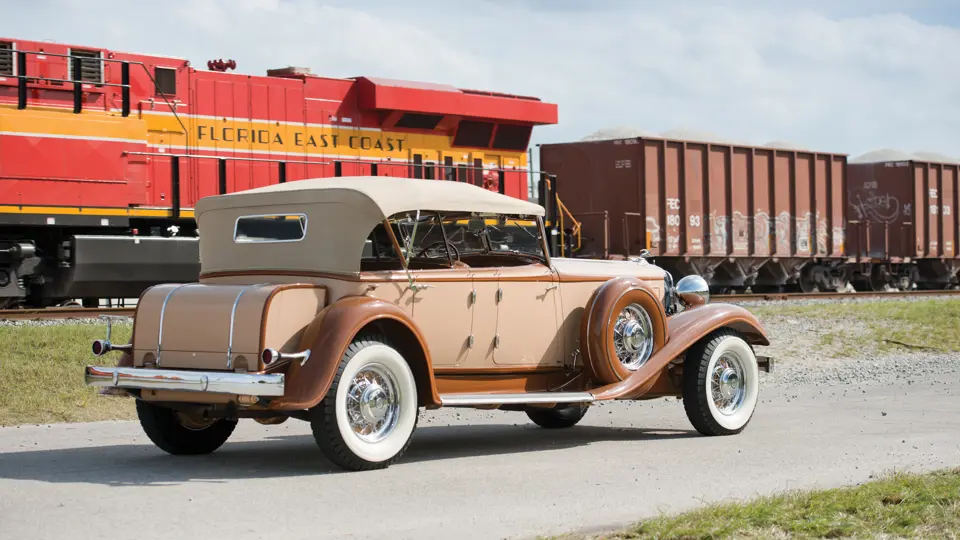




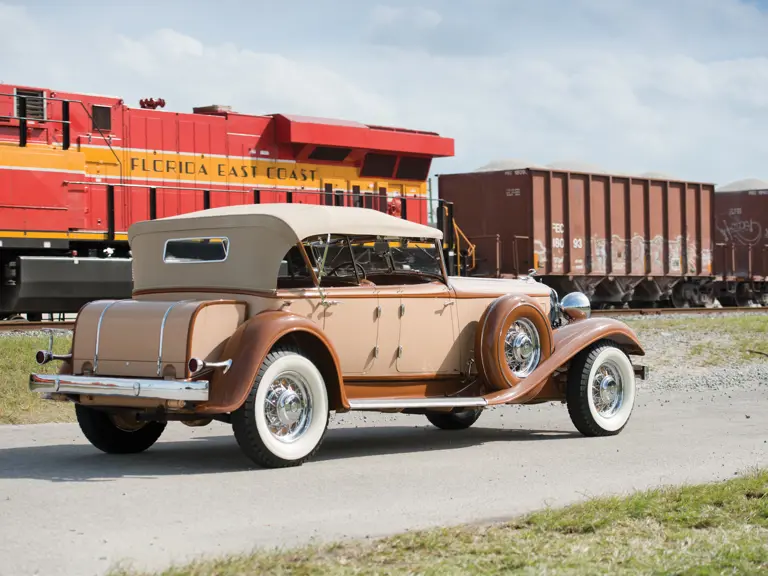
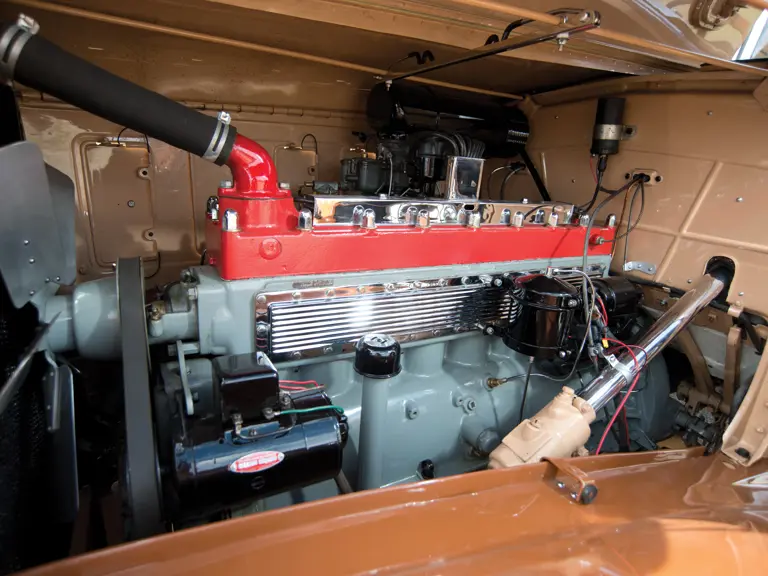



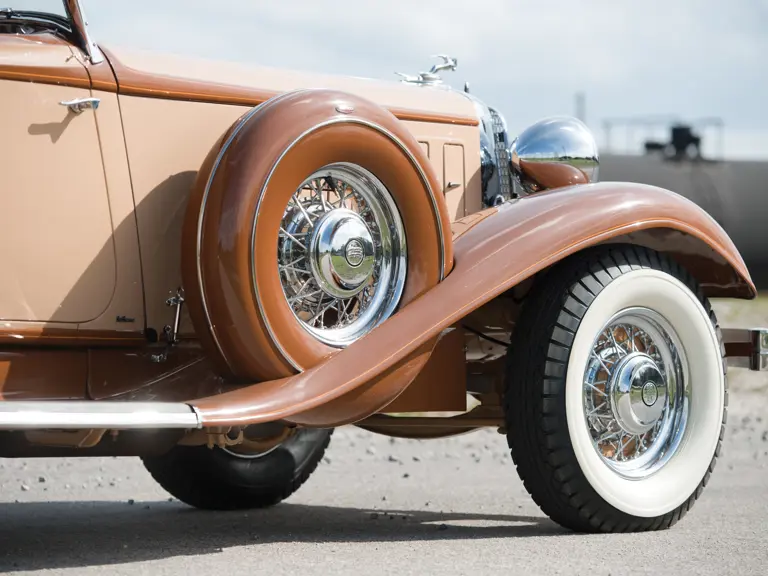
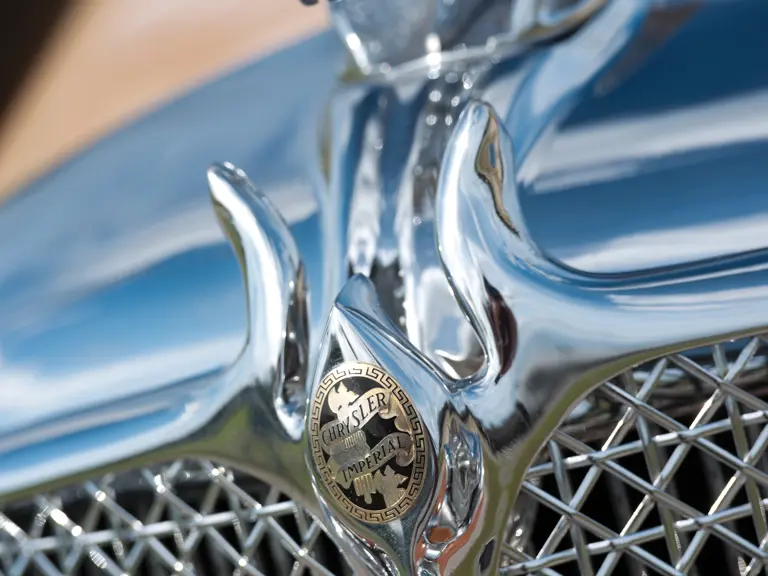
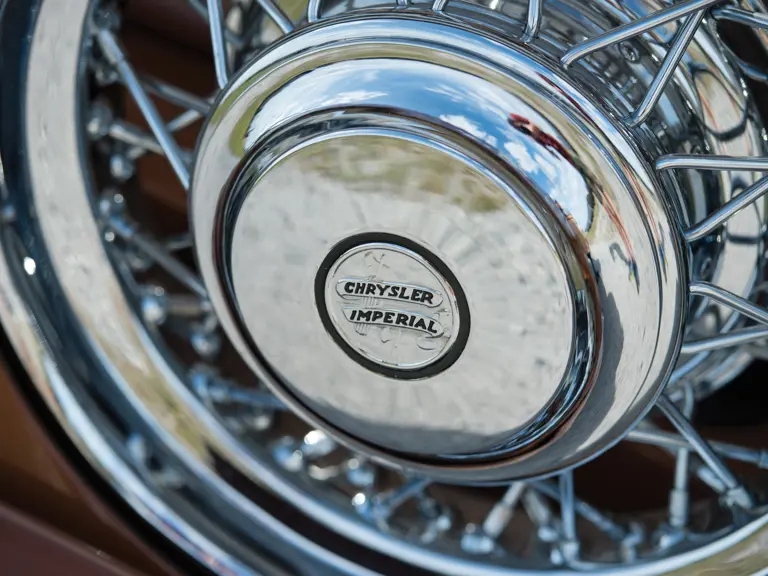


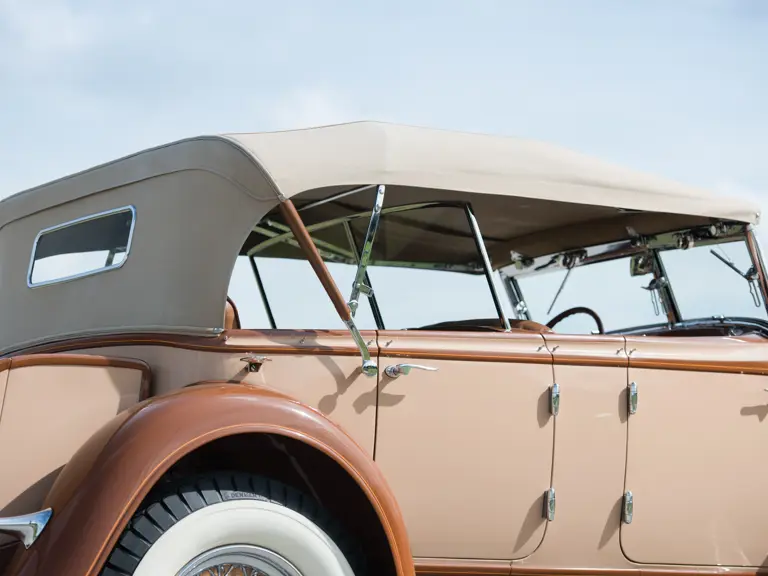
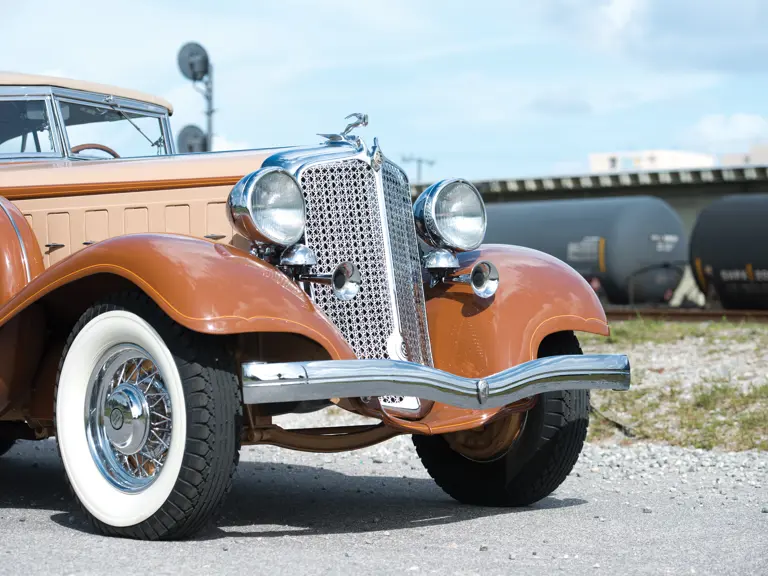

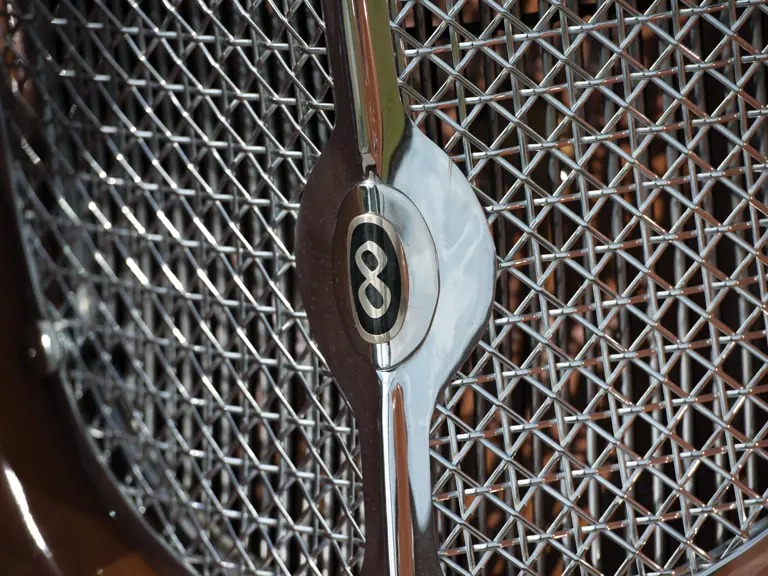
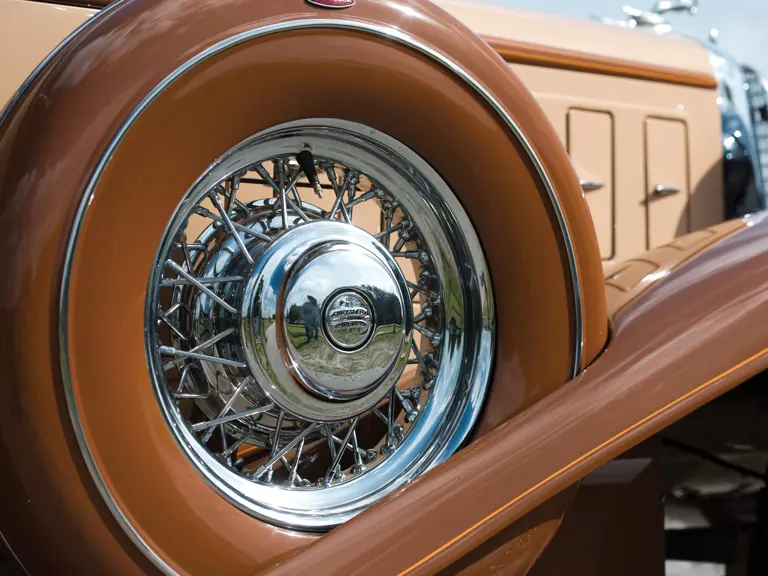
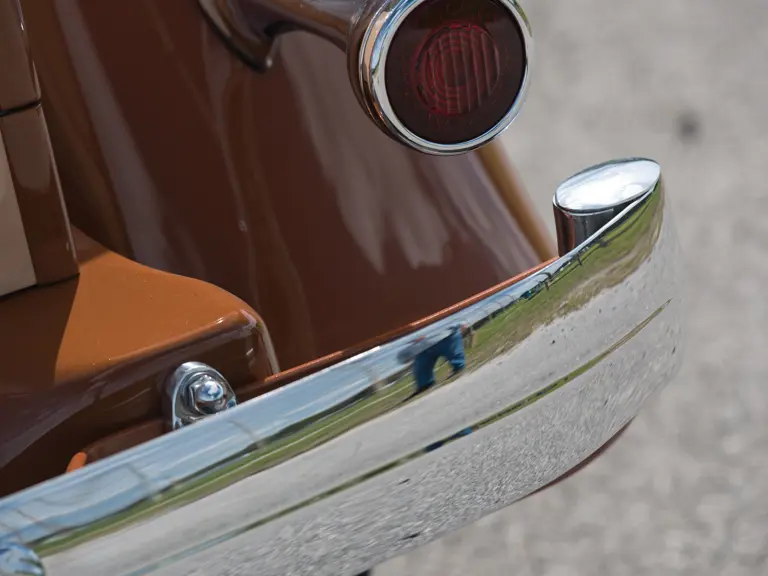
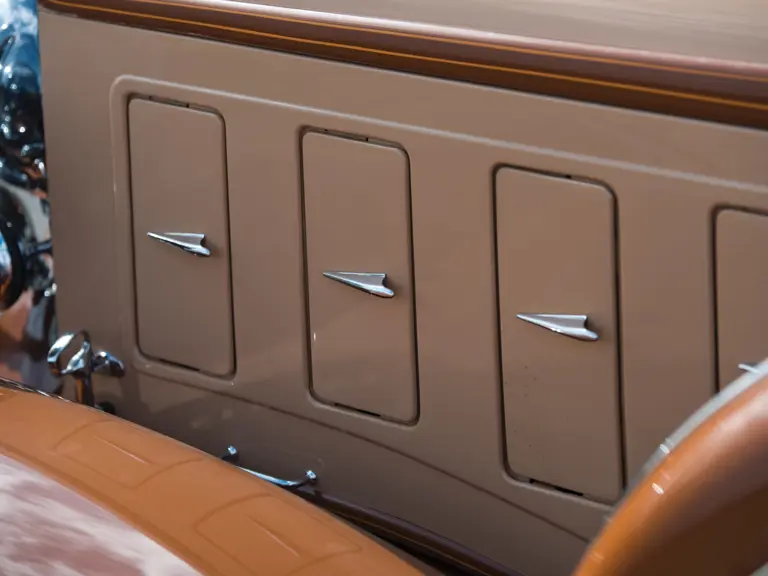
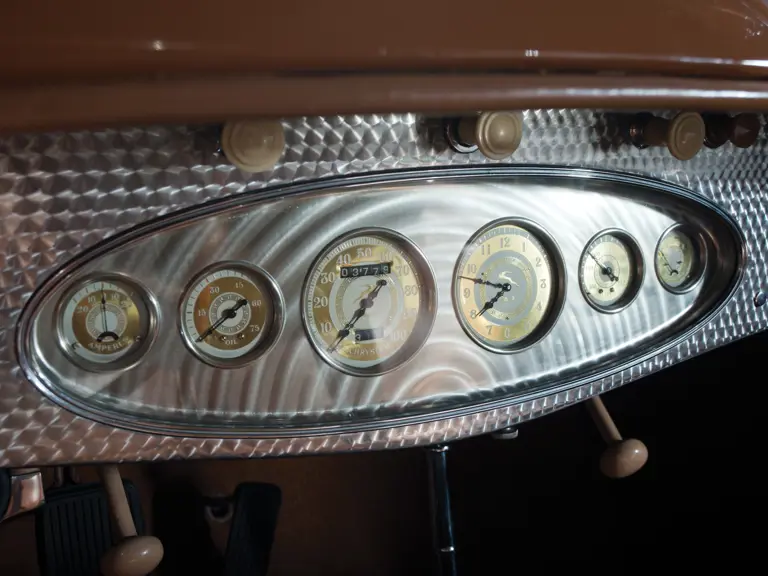
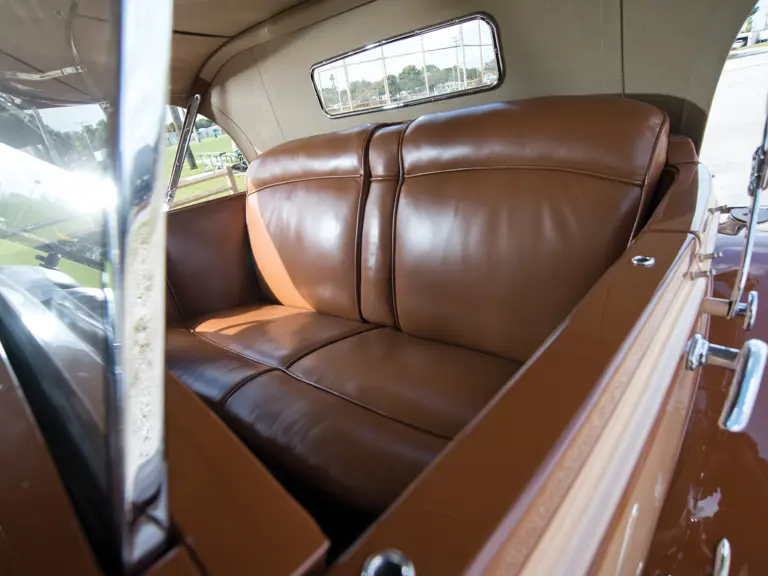



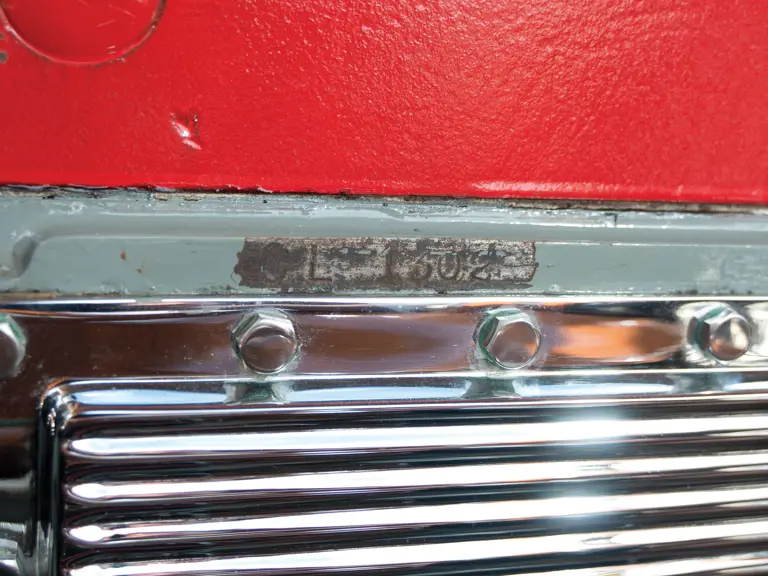
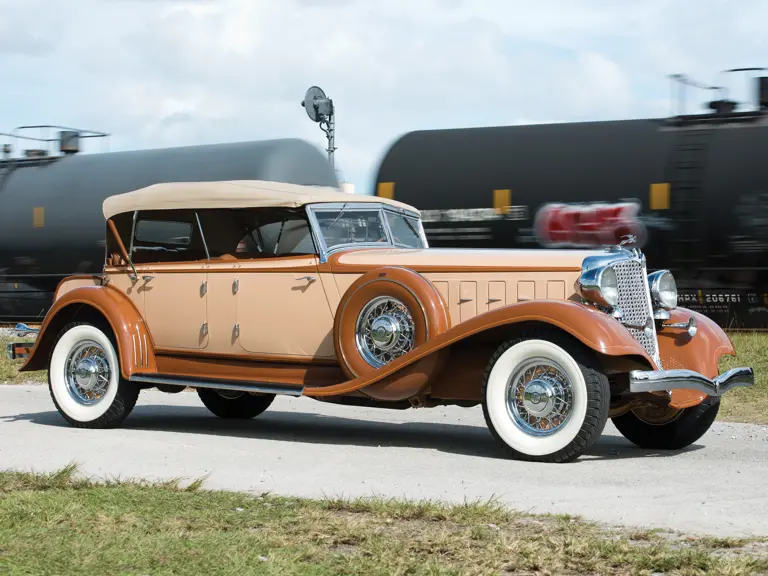
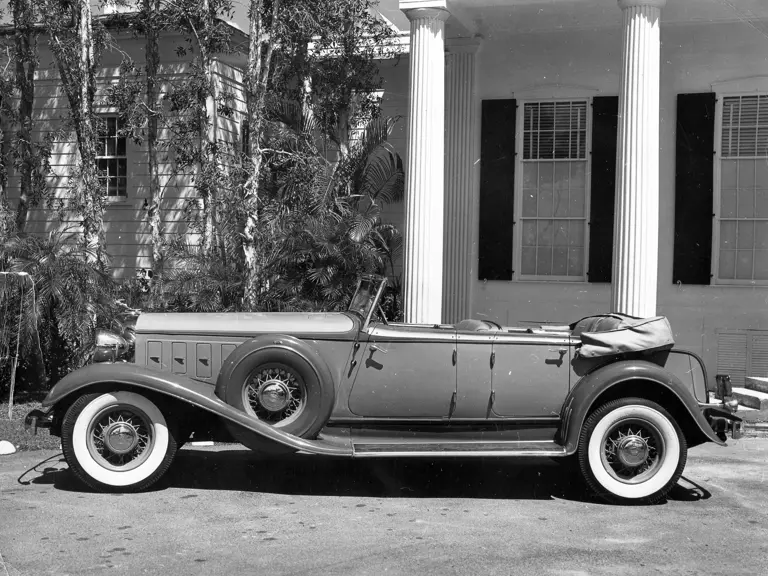
 | Amelia Island, Florida
| Amelia Island, Florida

